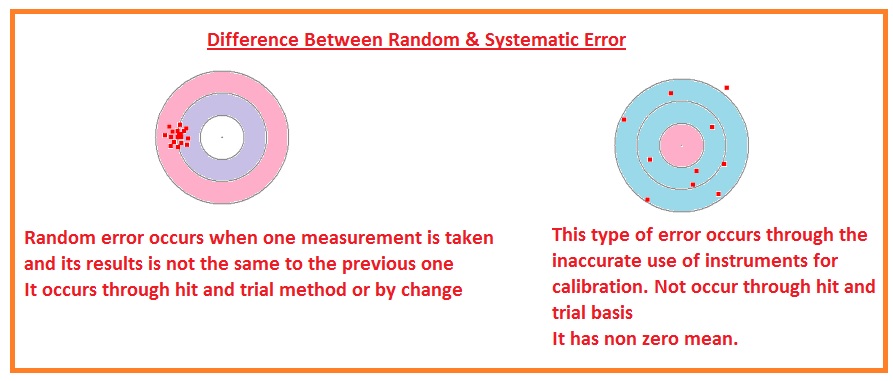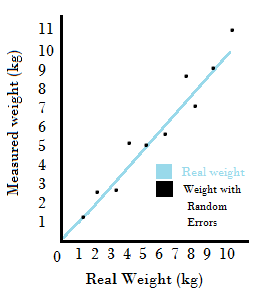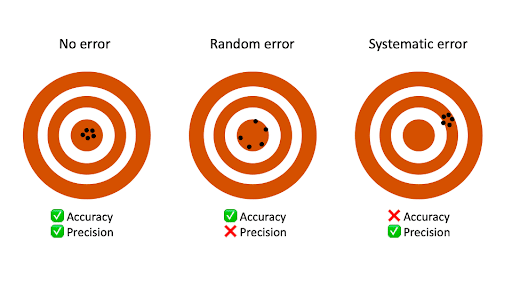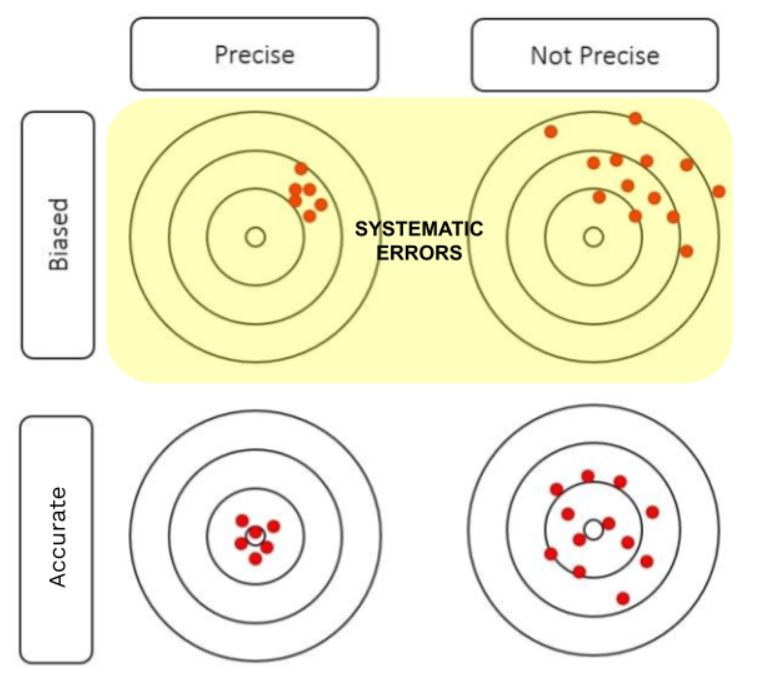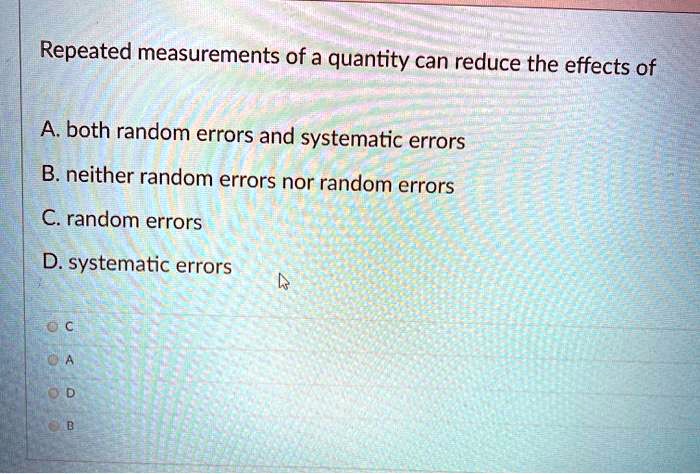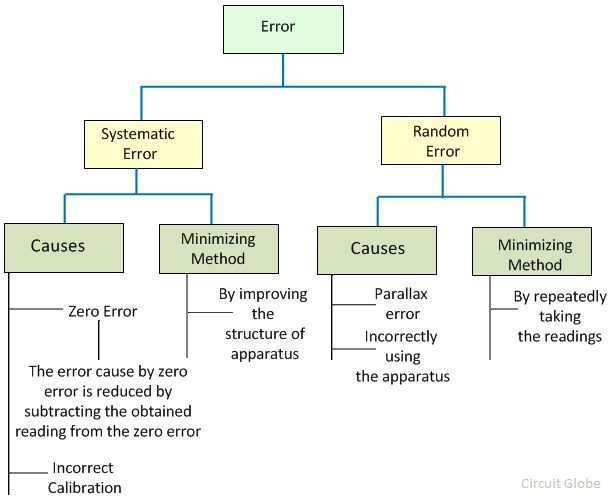Fun Tips About How To Reduce Random Error
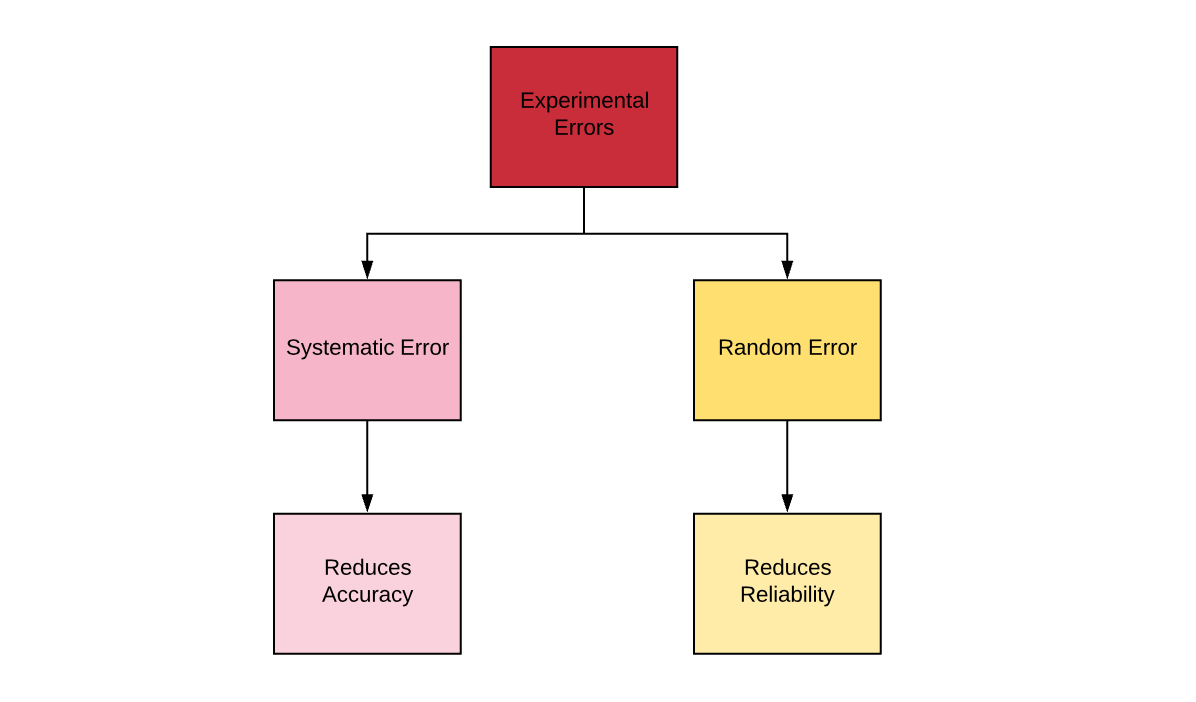
Calibrating the instrument frequently can reduce both random errors and systematic errors.
How to reduce random error. Plotting a graph to establish a pattern and obtaining the line or curve of best fit. Because each tree is i.i.d., you can just train a large number of. If you reduce the random error of a data set, you reduce the width (full width at half maximum) of a distribution, or the counting noise (poisson noise) of a measurement.
You can overcome or reduce the problem of random error and systematic error while doing an experiment by increasing the sample size, which means averaging over a huge. How to reduce random error it’s not possible to eliminate random error, but there are ways to minimize its effect. Taking repeated measurements to obtain an average value.
Taking multiple measurements can reduce both random errors and systematic errors. Reaction time error can sometimes be reduced by using light gates and electronic timing or sensors connected to. Systematic error can be minimized by routinely calibrating equipment , using controls in experiments, warming up instruments prior to.
Unlike in the case of systematic errors, simple averaging out of various measurements of the same quantity can help offset random errors. How do you reduce systematic and random errors? This means your result is accurate but not.
How can random errors be prevented? If you reduce the random error of a data set, you reduce the width (full width at half maximum) of a distribution, or the counting noise (poisson noise) of a. Tuning ntree is basically an exercise in selecting a large enough number of trees so that the error rate stabilizes.
Reaction time errors and parallax errors are examples of random errors. Reducing random error take repeated measurements. You can easily complete this process by.







